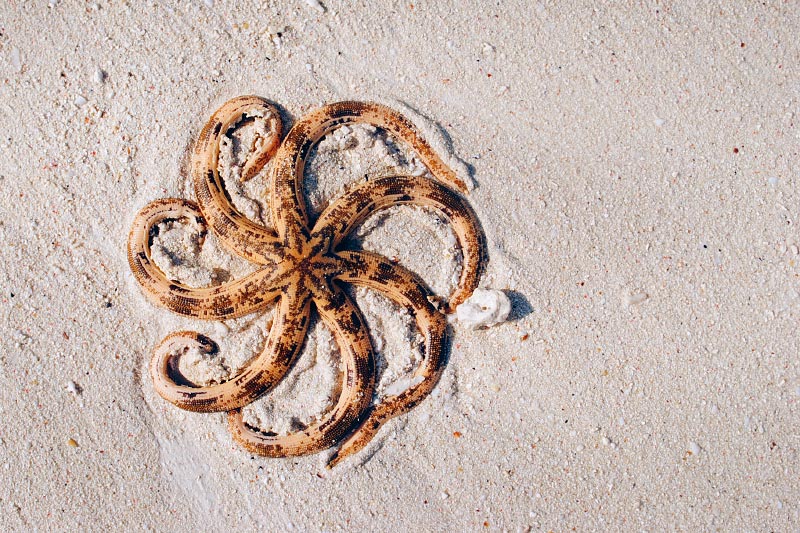Marathon to Athens: Athens

Starting from Pallini, the route ascended steeply from the suburbs of Gerakas to Stavros Junction, followed by a steep descent into Agia Paraskevi Square. The path then continued through the districts of Chalandri and Cholargos, alternating between flat and downhill sections. It passed beneath Calatrava Bridge, past the massive “The Runner” sculpture, and culminated in the Panathenaic Stadium in Athens, the only marble stadium in the world, which was reconstructed for the 1896 Modern Olympics.
The stadium was originally built as a racecourse in the 6th century BC and was later used for the Panathenaic Games, which were less important than the Ancient Olympic Games but lasted longer and were only open to Athenians. The stadium was abandoned in the 4th century AD, but was reconstructed in marble quarried from Mount Penteliko near Pallini and rediscovered during archaeological excavations in the 1800s. The stadium was rebuilt again for the 1896 Modern Olympics and the 2004 Summer Olympics, where it hosted the archery event and was the finishing point for the marathon race event.
In addition to its historical significance, the stadium is also home to several important statues, including a tribute to Georgios Averoff, the benefactor who sponsored the 1896 reconstruction, and a copy of Konstantinos Dimitriadis’ bronze statue of a discus thrower, which won the Gold medal in the 1924 Paris Olympics. The original statue is in Randall’s Island Park, New York City.
Since its first appearance in the 1896 Olympics, the marathon race has undergone several changes, including a standardization of the distance to 26.2 miles (42.195 kilometers) in 1921. Today, at least 800 marathons are held annually around the world, with the Boston Marathon being the oldest and most prestigious.
After a long journey through the footsteps of marathon athletes and legendary Pheidippides, the writer is ready to relax with a feast of Greek cuisine, including ouzo, Greece’s national drink, and grilled Halloumi cheese as an entrée, followed by a serving of Stifado, a slow-cooked beef stew in tomato sauce, with caramelized shallots atop potato puree.
Want to join this challenge? Click here.

More from the Marathon to Athens Challenge:







Keep In Touch